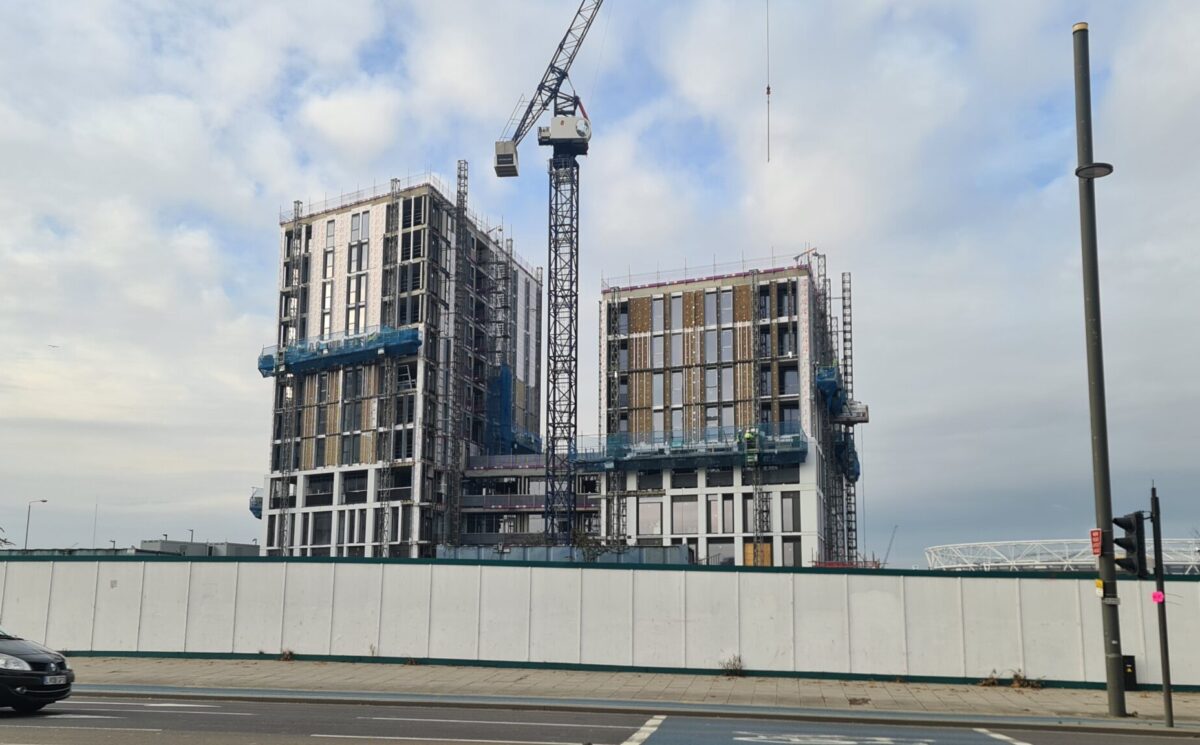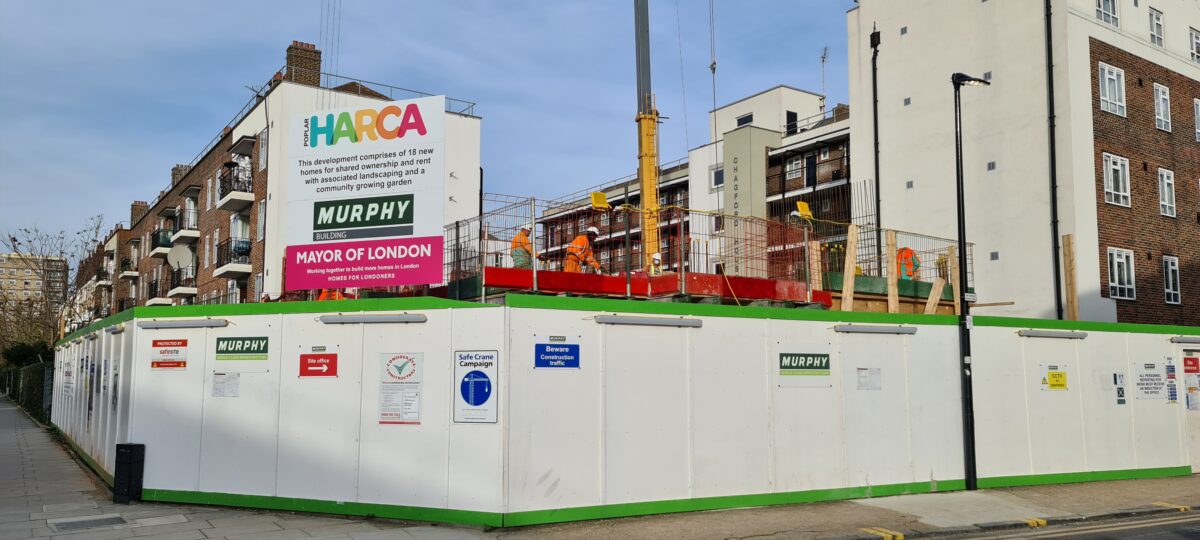Labour would make a great mistake if they think that the disquiet in the Tory shires about the Government’s proposed planning reforms – or the departure of Dominic Cummings – will sink the Planning White Paper. Johnson has come out plainly saying he wants abolition of the present planning system, come what may – and we have to understand why so much political capital is invested in this.
Developers and landowners have made massive profits over the last 40 years. Indeed the economy is largely built on this speculative success. So why get rid of something that works for them so well? What exactly is the Government’s agenda, and what is Labour’s answer?
The White Paper ‘Planning for the Future’, proposes not reform of the current system but total abolition of existing town and country planning legislation. The replacement would be a US style ‘zoning system’ accompanied by high tech design codes. Thus, if developers can tick the boxes on the zones and codes they get automatic consent. Bingo. Communities and local councils are by-passed.
No more planning applications to be submitted and poured over by pesky planners and local communities – the landowners and housebuilders are free at last. At least that is their dream – but things are more complicated than that, and the Tory record with planning makes them highly vulnerable to close examination.
The premise of the White Paper is that the housing crisis is caused by planners putting obstacles in the path of housebuilding companies and that a new planning system will remove these obstacles and magically there will be more housing – a view fuelled by the housebuilders lobby, the Home Builders Federation. This part of the Government’s rationale does not stack up. The facts are that housebuilders have planning consents for 1 million homes and have not built them out. To do so would bring down house prices and that is the last thing investors want. The truth is that there is no evidence that the proposed reforms will deliver more homes.
The reality is that the White Paper proposals are a tangled mess, and largely unworkable as explained in recent essays by a group of planning academics (including myself), ‘The Right Answers to the Right Questions’, ed. Andy Inch, 2020. Nor are they what the volume housebuilders have been asking for. They have been lobbying for measures to speed up planning decisions and make more housing land available, but they have not asked for legislation that is so wide ranging it may disrupt their highly profitable business model.
The White Paper proposals requiring councils to replace existing Local Plans with zones of Growth, Renewal, and Protect, plus algorithms for housing supply targets, and design codes – many dictated from Whitehall – are complicated and contentious to deliver in most urban areas and could engender even more NIMBYism and public cynicism. The Tory shires are already voicing concerns about ‘Growth Zones’ and housing targets being imposed on their villages.
So what lies behind the Tory aim of deleting current planning legislation? It is ideology. The UK planning system is one of three remaining pillars of the post-war settlement, the others being the BBC and the NHS. The Tories and their think-tanks have always regarded these pillars as ‘socialist’, or ‘welfare state’ measures.
Town planning was enshrined in the foundational 1947 Town and Country Planning Act which was in its original purpose a socially redistributive mechanism to regulate development and distribute the profits from land development in a fair way – alongside providing a democratic framework for rebuilding towns and cities after the war. It was a force for good aimed at benefitting all classes and all regions. Over years these principles were watered down but the essence of 1947 Act remains in all the succeeding planning legislation.
The ideological Tories are not defensive about this intention, but where they are vulnerable is their collusion with the vested interests that have taken control of the planning system. The landowners, developers and financiers who are the bedrock of funding and politics of the Tory Party have huge influence over the development of land and have creamed off the massive increase in land value created by the planning system.
They are supported by a formidable property lobby that has been absorbed into Whitehall’s machinery. They do not intend to give up this privilege. Communities, local councils and housing campaigns have become increasingly sidelined in the face of these interests, so well illustrated by Robert Jenrick’s shady dealings with a major developer and Tory donor in the Isle of Dogs, and Boris Johnson’s blatant favours to developers when Mayor of London. Meanwhile volume housebuilding has been commandeered by a small number of large developers who limit supply to keep up prices.
Labour should be demanding full transparency and an end to housebuild cartels and cronyism. If we have done our homework, this attack will have wide support. The other part of our challenge is to be entirely positive about planning – placing it at the centre of a socially and economically just vision for the country. Planning must be returned to public service, acting positively to care for the health of the people and the planet, to capture more land value for the community, and to widen planning democracy.





